Giacomo Facco: Pensieri Adriarmonici: Concerti à cinque, Volume Two
Giacomo Facco (1676-1753), born near Venice, was active in southern Italy as violinist, choirmaster and teacher before his appointment to the Spanish royal court around 1720. Although highly esteemed in his own time, Facco had disappeared from musical history until a set of his twelve Pensieri Adriarmonici — concertos for three violins, viola, cello and basso continuo — were discovered in a Mexican library in 1962. Bright and buoyant, they have much in common with the music of Vivaldi, Albinoni and Facco's other Venetian contemporaries — but are here given a distinct twist with a basso continuo of vihuela and guitarrón, as they might have been performed in eighteenth-century Mexico.
Manuel Zogbi, violin
Mexican Baroque Orchestra, chamber orchestra
Miguel Lawrence, director
Listen To This Recording:
-
Concerto à 5 in C major, Op. 1, No. 7 (1716/18, 1721)
- I Allegro
- II Adagio
- III Allegro
- I Allegro
- II Adagio
- III Allegro assai
- I Allegro
- II Adagio
- III Allegro
- I Adagio staccato – Presto assai – Adagio – Presto – Allegro assai
- II Adagio
- III Allegro
- I Allegro
- II Adagio
- III Allegro
- I Allegro
- II Adagio
- III Allegro
Concerto à 5 in D major, Op. 1, No. 8 (1716/18, 1721)
Concerto à 5 in A minor, Op. 1, No. 9 (1716/18, 1721)
Concerto à 5 in E flat major, Op. 1, No. 10 (1716/18, 1721)
Concerto à 5 in G major, Op. 1, No. 11 (1716/18, 1721)
Concerto à 5 in B flat major, Op. 1, No. 12 (1716/18, 1721)
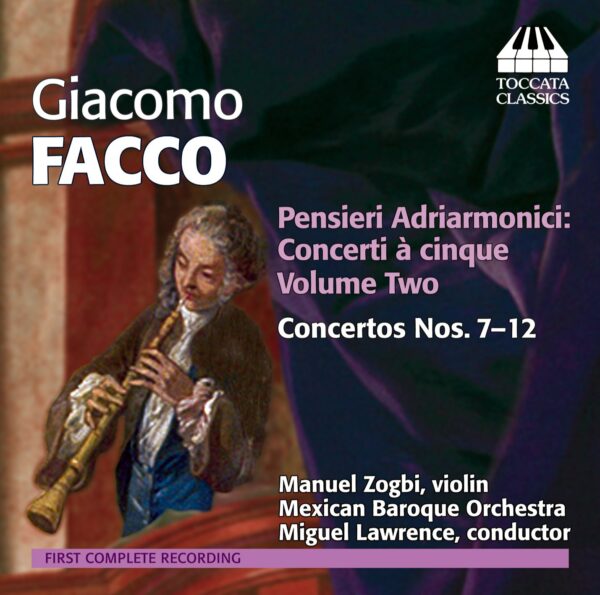
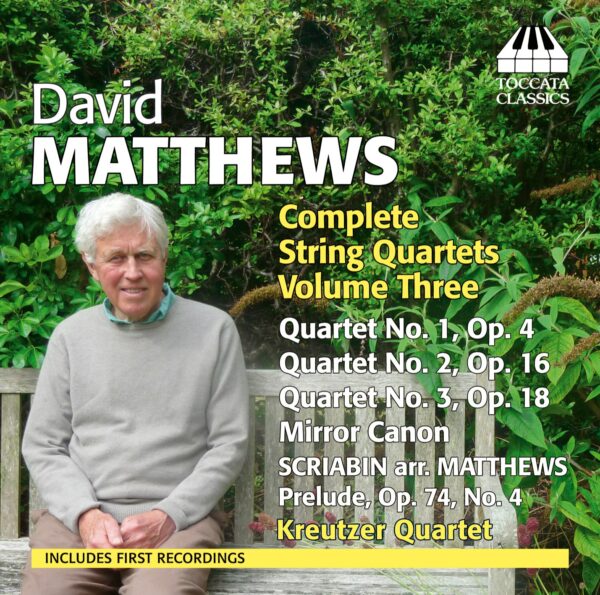
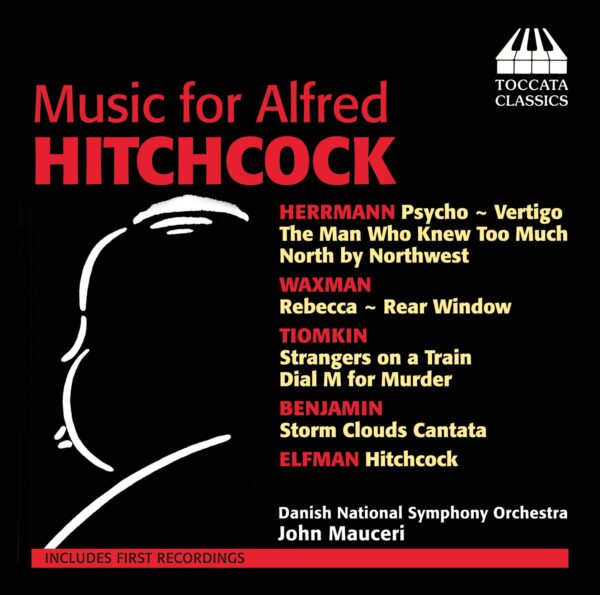
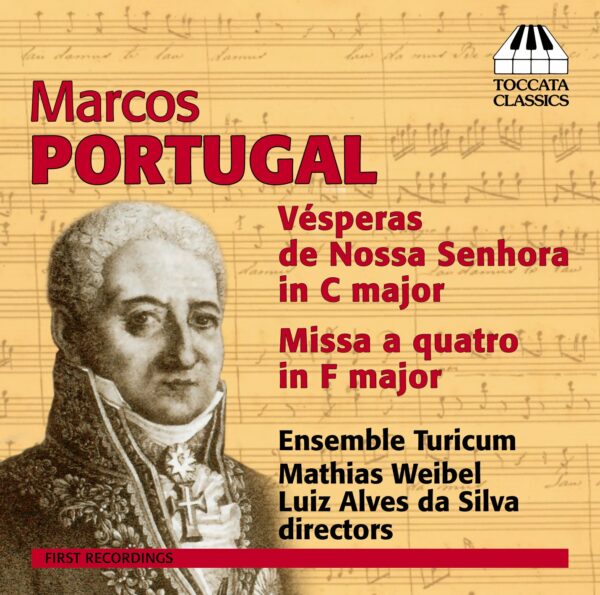
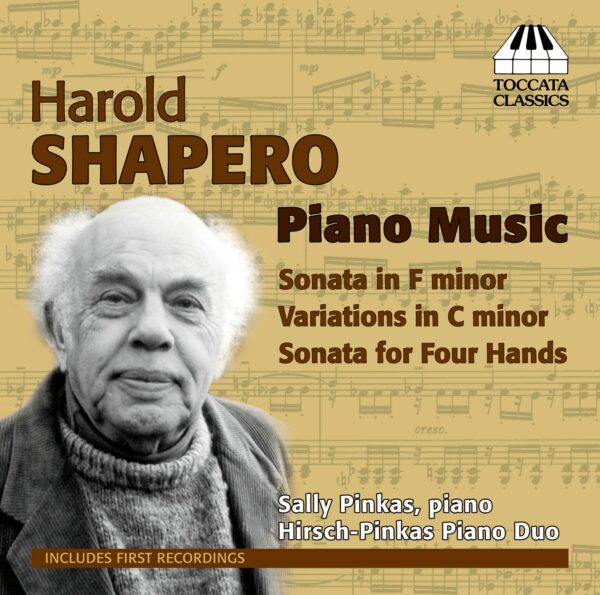
MusicWeb International :
‘…His music should appeal to any modern listener with a fondness for the Italian baroque concerto. …In essence these concertos — all of them in three movements — are northern Italian in style. Facco is one of the heirs of Vivaldi and, through him, as well, presumably, as directly, of Corelli and Albinoni. …Facco is capable of genuine individuality too. No. 10 – written in the rarely used key of E flat major – is full of surprises, not least in the alternations of tempo in its first movement, which juxtaposes passages marked adagio staccato with passages marked presto or in the unusual harmonic effects in the last movement. …On this recording the continuo section includes both the guitarrón and the vihuela, both of them instruments of Mexican origin, alongside the harpsichord and the cello. …Certainly it works in these performances, an attractive Mexican musical flavouring being added to an Italian original. The result is both distinctive and eminently listenable.’
—Glyn Pursglove, MusicWeb International